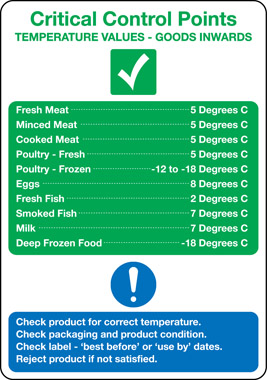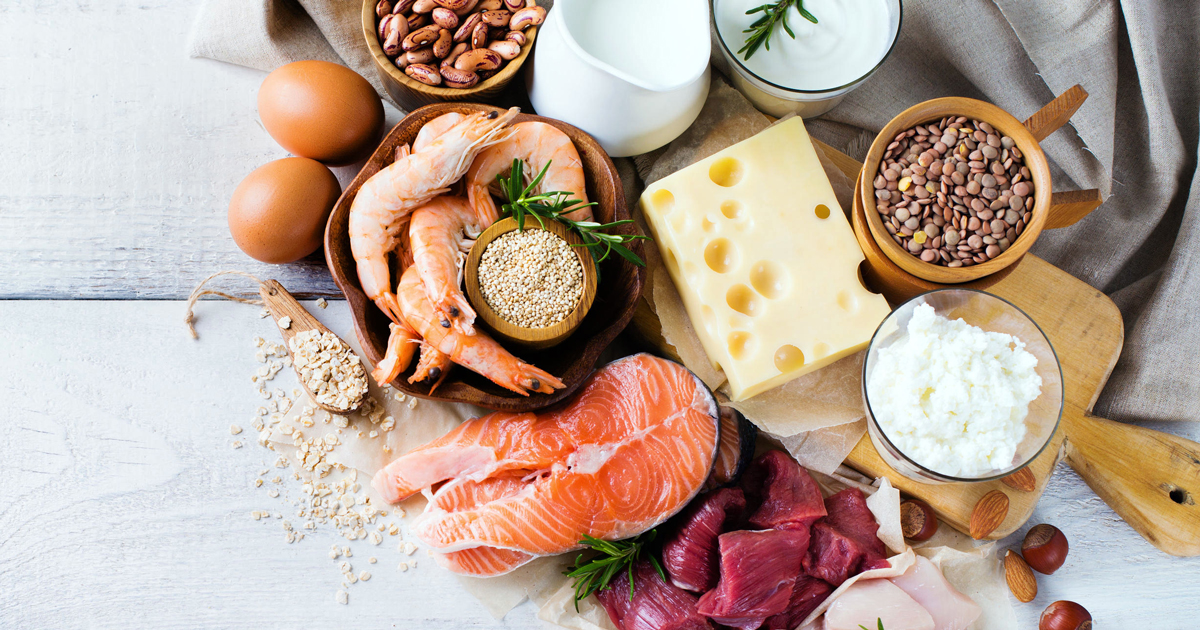40 energy on food labels
Should You Bite on Energy Bar Health Claims? - Consumer ... Energy bar labels are covered in claims from "gluten free" to "non GMO." We counted 31 different types of assertions on the labels of the bars we looked at in our recent tests that had to do with... PDF Food Labeling Guide - FDA Food Labeling Guide Additionalcopies are available from: Office of Nutrition, Labeling, and Dietary Supplements HFS-800 Center for Food Safety and Applied Nutrition Food and Drug Administration...
Nutrition Labelling - Centre for Food Safety - Home The energy value of a food can be expressed as kilocalorie (kcal) or kilojoule (kJ) or both in the nutrition label. 1 kcal is roughly equal to 4.2 kJ. If you want to compare the energy contents of two different products which are expressed differently, you have to do a simple calculation so that the unit of expression is the same.

Energy on food labels
Food labels & nutritional information | Raising Children ... Things to look out for on food labels: energy, fat, sugar and salt Energy Energy is listed on the panel as kilojoules (kJ). Fats, protein and carbohydrates all provide your body with the energy or kilojoules you need to function and do your daily activities. Food Labels: Calories VS Energy - Marci R.D. In case you haven't noticed, their food labels don't contain the word "calories." Instead, they use the word "energy." Every time I see that it brings a smile to face. In my opinion, the word calorie seems to possess a laundry list of negative associations. Count your calories Cut your calories Burn your calories Choose your calories wisely Labelling-Determination of the energy content of food How is energy content recorded on labels? In the UK and other member states of the European Union manufacturers of pre-packaged food must label the nutritional energy of their products in both kilocalories ("kcal") and kilojoules ("kJ"). The energy content of food is generally given for 100 g and for a typical serving size.
Energy on food labels. Nutrition labels are technically accurate, but they leave ... Food labels ignore the costs of the digestive process—losses to bacteria and energy spent digesting. The costs are lower for processed items, so the amount of overestimation on their labels is less. Energy - Food label Energy (RI: 2,000 kcal) Calories are a measure of how much energy food and drink products contain. The energy a food delivers depends on the nutrients it contains. A gram of carbohydrates has four calories as does a gram of protein. One gram of fat contains nine calories and a gram of alcohol has seven calories. Why most food labels are wrong about calories A calorie is a measure of usable energy. Food labels say how many calories a food contains. But what they don't say is that how many calories you actually get out of your food depends on how highly... How Do They Calculate Calories on Food Labels? - Food and ... Additional research shows that energy values using traditional Atwater factors overestimate the energy value of almonds and pistachios by 32% and 5%, respectively. Our tips: We want to believe that the information on food labels is 100% accurate, but in reality, it is a compilation of best available data rounded to whole numbers.
Nutrition labelling - Food Safety It must provide the energy value and the amounts of fat, saturates, carbohydrate, sugars, protein and salt of the food. The declaration must be presented in a legible tabular format on the packaging. Where space does not permit it, the information may be presented in linear format. Energy in Food and Nutrition | Chemistry for Non-Majors Use the information in this nutrition facts label to determine the amount of Calories (Cal = kcal) and kilojoules (kJ) from fat, carbohydrates and protein in the snack mix. Step 1: List the known quantities and plan the problem . Known Energy per gram Fat = 9 kcal/g (Cal/g) Carbohydrate = 4 kcal/g (Cal/g) Protein = 4 kcal/g (Cal/g) Grams Fat = 11 g The Science Behind Calories and Nutrition Facts Labels ... These labels provide you with information you need to make healthy food choices. Our bodies get energy from the food we eat. When we digest food, our bodies use some energy right away and store the rest of the energy for later. Our bodies use energy for three main things. These include digestion, physical activity and other body functions. How To Read Food and Beverage Labels | National Institute ... For more information about food labels USDA MyPlate 703-305-2060 U.S. Department of Health and Human Services 877-696-6775 U.S. Food and Drug Administration 888-463-6332 druginfo@fda.hhs.gov This content is provided by the NIH National Institute on Aging (NIA).
How to calculate the Energy available from foods To calculate the energy available from a food, multiply the number of grams of carbohydrate, protein, and fat by 4,4, and 9, respectively. Then add the results together. For example, 1 slice of bread with a tablespoon of peanut butter on it contains 16 grams carbohydrate, 7 grams protein, and 9 grams fat : 16g carbohydrate x 4 kcal/g = 64 kca l. Food Labels | CDC All the numbers on this label are for a 2/3-cup serving. This package has 8 servings. If you eat the whole thing, you are eating 8 times the amount of calories, carbs, fat, etc., shown on the label. Total Carbohydrate shows you types of carbs in the food, including sugar and fiber. Choose foods with more fiber, vitamins, and minerals. How to Calculate Energy From Foods | livestrong Step 1 Multiply grams of carbohydrate in the food by 4 calories per gram. A calorie is a unit of how much energy is in a given amount of food, also called a kcal. Regardless of whether the carbohydrate in food is sugar or starch, all carbohydrates provide the body with 4 calories/gram, explains Dr. Lauralee Sherwood in her book "Human Physiology." Food Labels - Nutrition.gov What's New with the Nutrition Facts Label. HHS, Food and Drug Administration. The U.S. Food and Drug Administration (FDA) has updated the Nutrition Facts label on packaged foods and beverages with a fresh design that will make it easier for you to make informed food choices that contribute to lifelong healthy eating habits. What's in a Name?
Food labels will not only show you the composition of your food, but it will often also indicate which fraction of your daily calory intake will be covered by a certain portion of the respective food item. By getting this information, you might be better able to plan your diet in order to avoid excessive calory intake.
Food Standards Australia New Zealand considers nutrition ... Food Standards Australia New Zealand (FSANZ) announced on Monday that it was preparing a proposal to consider including energy labels on alcoholic drinks. Unlike most other packaged food and drinks, packaged alcoholic beverages have been exempt from providing nutrition information on the label.
Nutrition labelling | Food Standards Agency energy value must be expressed in kilo joules (kJ) and kilo calories (kcal) and the amount of the nutrients must be expressed in grams (g) all elements must be included next to each other. The...
Understanding food labels: portions, energy | Health24 When next you look at a food label that says 'low in energy', first check the label to see how much energy it really contains. That energy bar we were discussing earlier may contain as much as 500kJ per 50g portion (which means it contains 1000kJ per 100g). Therefore, it is anything but 'low in energy'. Energy content of slimming products
Energy Drink Labels Sometimes Misleading - LHSFNA Even with the lawsuits and legal fees, the energy drink market has been very profitable with the two leaders alone (Red Bull and Monster) raking in a whopping $746 million in net profits for 2012. If you read food labels, you may have noticed some differences in energy drink labeling. Some energy drink manufacturers use "Supplement Facts ...
Energy in food (kilojoules and calories) - Better Health ... The conversions are as follows: 1 kJ = 0.2 Cal 1 Cal = 4.2 kJ Kilojoules in food The food and drinks we eat provide energy, which is measured in kilojoules. How much energy they provide depends on the amount of carbohydrate (sugars/starch), protein, fat and alcohol the food or drink contains, as well as the portion size.
Food Labeling & Nutrition | FDA Food labeling is required for most prepared foods, such as breads, cereals, canned and frozen foods, snacks, desserts, drinks, etc. Nutrition labeling for raw produce (fruits and vegetables) and...
Nutrition information panels - Food Standards Nutrition information panels (NIP) on food labels provide information on the average quantity of energy in kilojoules or in kilojoules and kilocalories and these nutrients: protein fat saturated fat carbohydrate sugars sodium - a component of salt. A NIP will include information about other nutrients if a claim is made.






Post a Comment for "40 energy on food labels"